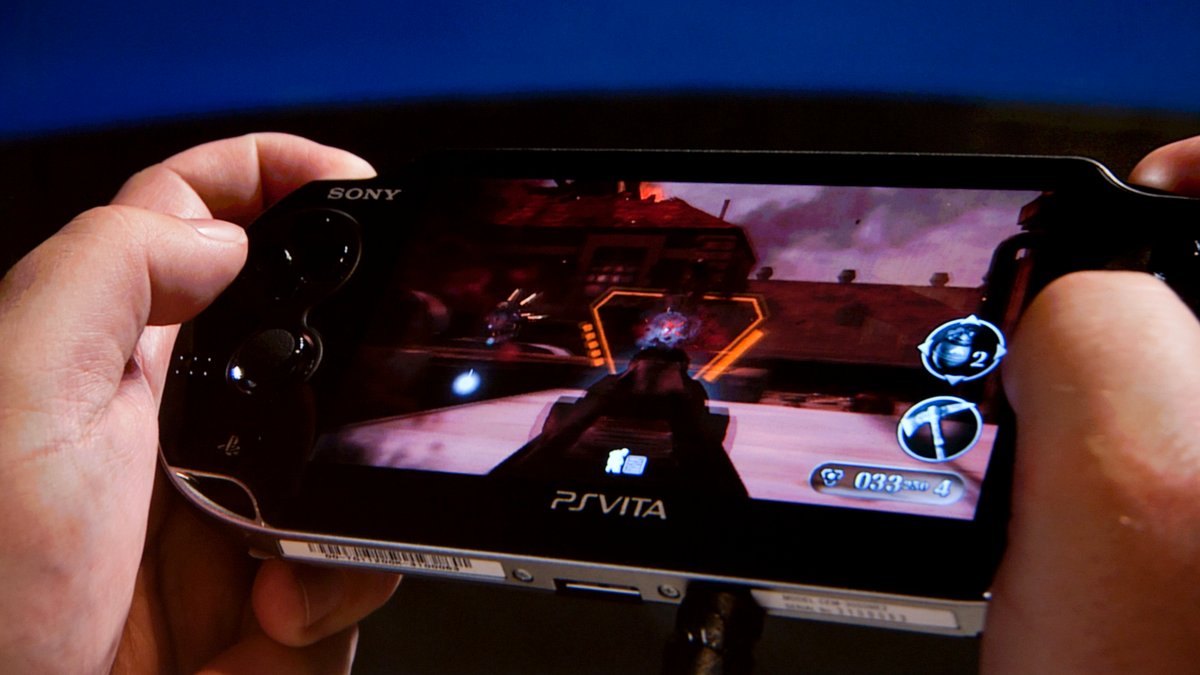Hardware leakers have revealed that Valve is pursuing an ambitious dual-platform strategy, developing both the anticipated Steam Deck 2 handheld and a dedicated home console system. This represents a significant strategic evolution that could fundamentally reshape the x86 gaming landscape and challenge traditional console manufacturers' market dominance.
Technical Architecture Convergence
The leaked specifications point to Valve leveraging AMD's next-generation "Magnus" APU architecture, featuring a sophisticated combination of three Zen 6 and eight Zen 6c CPU cores. This technical approach mirrors the silicon strategies reportedly being pursued by Sony and Microsoft for their next-generation console systems, suggesting a convergence in high-performance x86 gaming hardware design.
The Magnus APU's substantial power requirements and die size make it unsuitable for handheld implementation, clearly delineating Valve's dual-hardware approach. While the Steam Deck 2 will likely utilize more power-efficient x86 silicon optimized for portable gaming, the home console represents Valve's entry into the high-performance gaming market traditionally dominated by PlayStation and Xbox ecosystems.
Market Strategy Analysis
This dual-platform approach signals Valve's confidence in SteamOS reaching consumer-ready maturity levels. The company's willingness to compete directly with established console manufacturers suggests significant improvements to the operating system's user experience and game compatibility infrastructure since the original Steam Deck's launch.
The strategic timing aligns with the anticipated 2027-2028 next-generation console cycle, positioning Valve to compete against PlayStation 6 and next-generation Xbox systems. Rather than occupying a niche handheld market position, Valve appears to be pursuing comprehensive x86 gaming ecosystem dominance across both portable and traditional gaming segments.
Industry Implications
The development timeline coincides with AMD's Zen 6 architecture availability, indicating Valve's commitment to cutting-edge x86 performance capabilities. This approach could accelerate SteamOS adoption beyond the handheld gaming community, potentially establishing an alternative to Windows-based gaming systems.
For the broader x86 handheld gaming market, Valve's console development validates the maturation of portable x86 gaming technology and suggests increased investment in optimizing desktop-class gaming experiences for diverse form factors. The success of this dual-platform strategy could influence other manufacturers to pursue similar comprehensive ecosystem approaches rather than focusing exclusively on handheld or console segments.
Sources
- Club386: "Leaker claims Valve is working on a home console as well as Steam Deck 2 by Samuel Willetts"
- TechRadar: "The Steam Deck 2 and a home console are reportedly in the works – and Sony may be helping to turn the handheld into the portable PlayStation game device I really want by Isaiah Johnson"
- PC Guide: "Steam Deck 2 rumors fire up again, plus talks of a Valve SteamOS console powered by Zen 6 by Charlie Noon"
Note: All sources have been verified for accuracy and editorial standards compliance.
